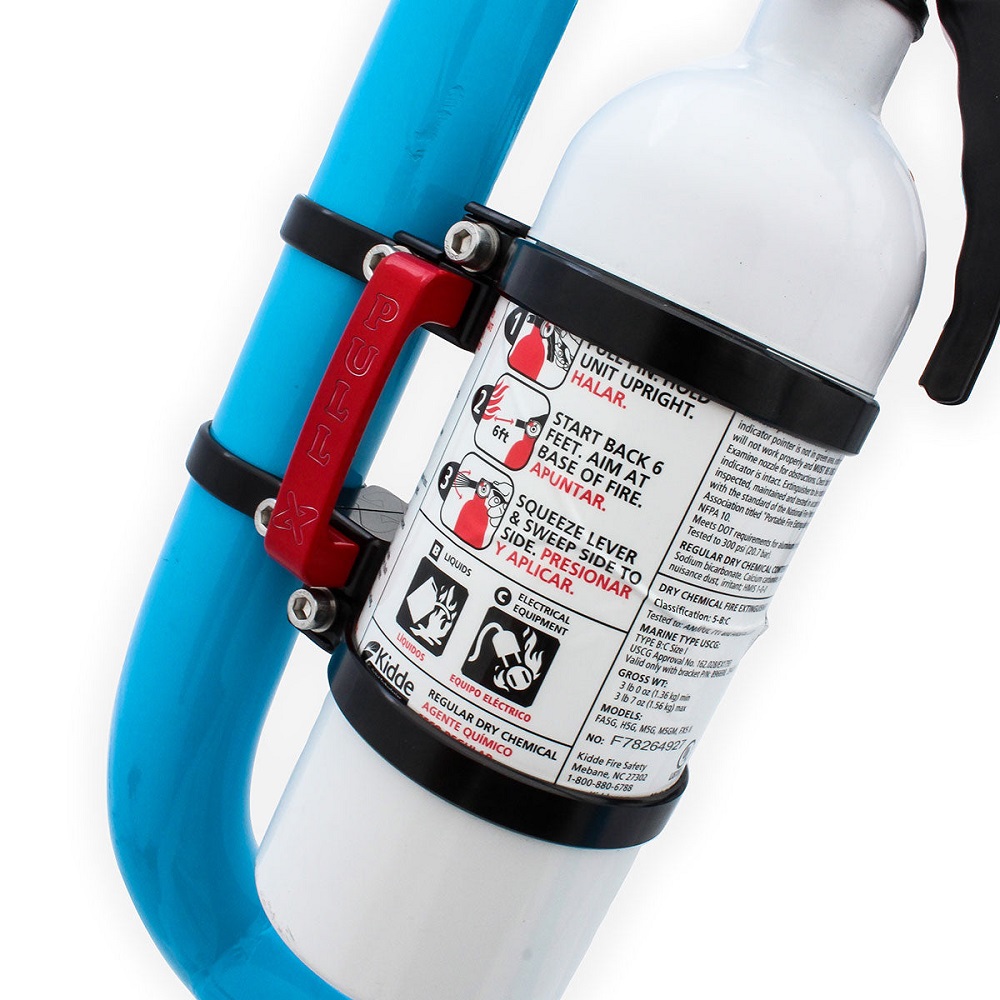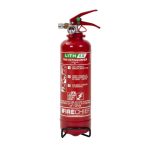When it comes to boating and maritime activities, safety should always be at the forefront. One of the most critical aspects of ensuring safety at sea is having the right firefighting equipment on board. Marine fire extinguishers serve as lifelines in case of fire emergencies, and understanding their types, usage, maintenance, and regulations can save lives. This guide will walk you through the essential information about marine fire extinguisher and their importance in promoting safety at sea.
Why Marine Fire Extinguishers Are Important
Understanding the Dangers of Fire at Sea
Fires on boats can be particularly deadly due to the confined quarters and limited escape routes. The risk of fire increases significantly with the presence of fuel tanks, electrical devices, cooking equipment, and other flammable materials common on vessels. Even a minor fire can escalate quickly, leading to disasters if not managed promptly.
The importance of marine fire extinguishers cannot be overstated. Having a reliable extinguishing device ready for use can mean the difference between a minor mishap and a full-blown emergency. It’s not just about protecting property; it also involves the safety of passengers and crew on board. Being prepared is key to effective fire response.
Legal Requirements for Boats
Most countries require that boats are equipped with appropriate fire extinguishers, depending on their size and purpose. Regulations may vary based on the type of watercraft, the number of passengers, and its intended use. Familiarizing yourself with these regulations helps ensure compliance and promotes safety.
For instance, in the United States, the U.S. Coast Guard mandates that all boats carry at least one fire extinguisher if they have enclosed spaces. Some states might have additional rules, especially for boats over a certain size. Always check local regulations to make sure your vessel meets the safety requirements.
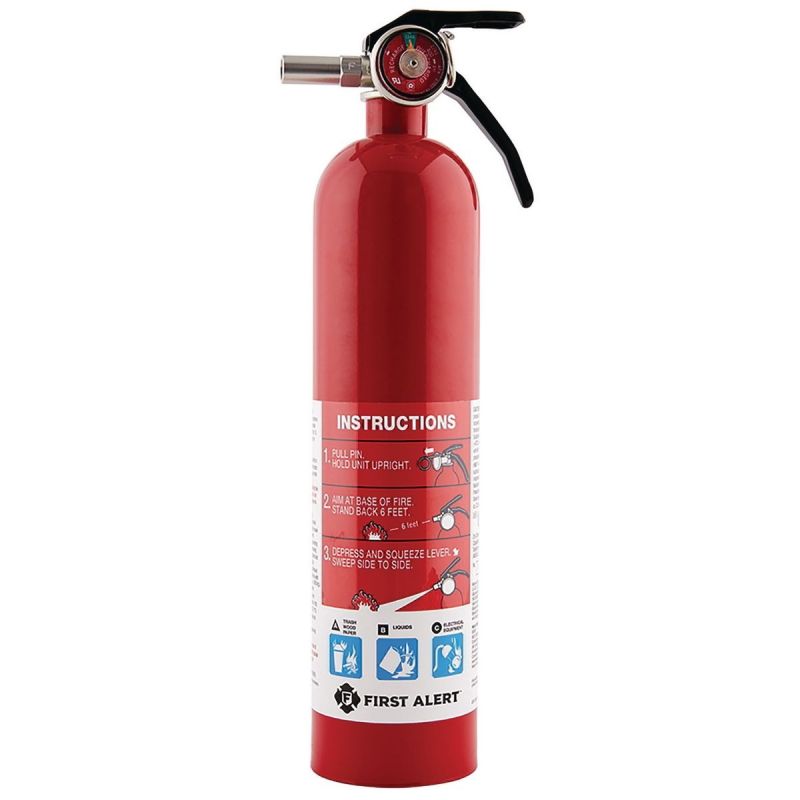
Types of Marine Fire Extinguishers
Different Types of Fire Extinguishers
Marine fire extinguishers come in various types, each suited for different classes of fire. Understanding these classifications will help you select the appropriate extinguisher for your specific needs. The most common types of extinguishers include:
- Class A: Suitable for fires involving ordinary combustibles such as wood, paper, and textiles.
- Class B: Designed for flammable liquids like gasoline, oil, and grease, common in marine environments.
- Class C: Intended for electrical fires, often found on boats with complex electrical systems.
- Class D: Useful for fires involving flammable metals, though these are less common in marine settings.
- Class K: Meant for kitchen fires, particularly involving cooking oils and fats.
Many marine fire extinguishers are multi-class, meaning they can tackle multiple types of fires. A Class B or Class ABC extinguisher is typically recommended for boats, as they can effectively handle both flammable liquids and ordinary combustibles.
Selecting the Right Extinguisher
When choosing a fire extinguisher for your boat, always look for products specifically labeled as marine-rated. These extinguishers are designed to withstand the harsh marine environment, including moisture, salt, and temperature fluctuations. They also come with a corrosion-resistant finish to prolong their lifespan and effectiveness.
Consider the size and weight of the extinguishers you choose as well. While larger models may hold more firefighting agents, they can be heavy to maneuver. Make sure that you can quickly grab and operate the extinguisher in an emergency situation. Additionally, keep in mind that fire extinguishers have different discharge times, which refers to how quickly they can expel their contents. Choose extinguishers with a quick discharge rate for more effective fire suppression.
Proper Placement of Marine Fire Extinguishers
Where to Store Fire Extinguishers on Your Boat
Placement of fire extinguishers is critical for ensuring quick access during emergencies. A good rule of thumb is to store extinguishers in easily reachable locations throughout the boat. Consider these recommended positions:
- Near the Helm: Place an extinguisher close to the steering area where the captain can grab it quickly while navigating the vessel.
- Galley: Since the kitchen is a common area where cooking-related fires can occur, an extinguisher should be readily accessible from this location.
- Engine Room: If your vessel has an engine compartment or motor area, ensure that it is equipped with a fire extinguisher. Many fires on boats originate from engine failures or fuel leaks.
- Passenger Locations: Easy access for all passengers is crucial. Ensure that there are extinguishers near seating areas and exits.
Avoid placing extinguishers in areas that can become obstructed, such as behind difficult-to-open doors or inside cabinets. Everyone on board should know the location of the extinguishers and how to use them effectively.
Signage and Awareness
In addition to placing extinguishers in strategic locations, consider using signage to indicate where they are located. Clear labels can help passengers quickly identify the closest firefighting equipment during an emergency. Training everyone aboard on how to use fire extinguishers can also increase preparedness and confidence in handling fire situations.
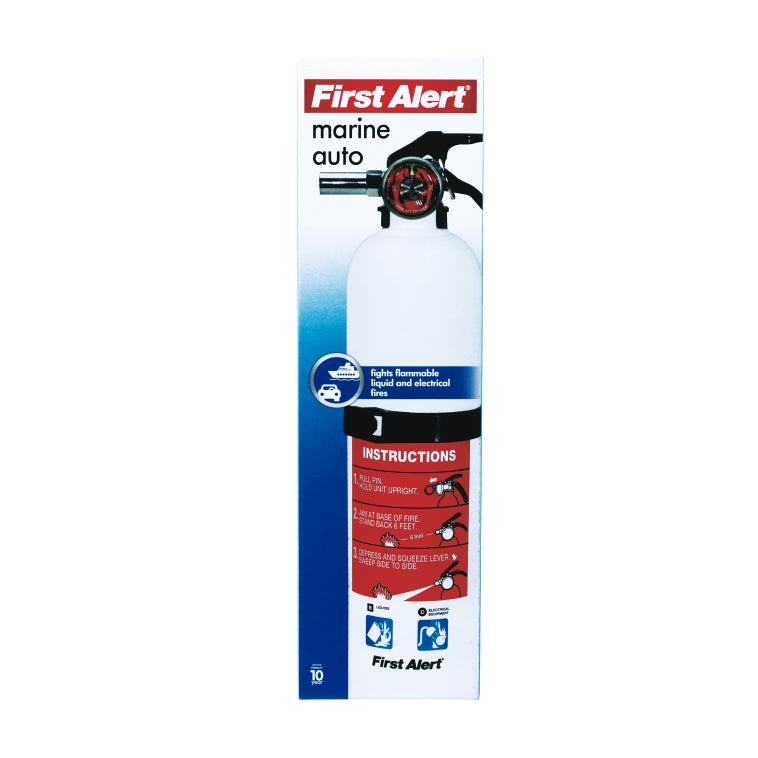
Using a Marine Fire Extinguisher: The PASS Method
Understanding the PASS Technique
Knowing how to operate a fire extinguisher effectively can make a significant difference in an emergency. The PASS method is a simple acronym that captures the essential steps to follow when using an extinguisher:
- P – Pull the Pin: Start by pulling the safety pin at the top of the extinguisher. This pin prevents accidental discharge. Keep the nozzle pointed away from your body as you do this.
- A – Aim Low: Stand a safe distance from the fire and aim the extinguisher nozzle at the base of the flames. Aiming at the source of the fire ensures that the extinguishing agent directly impacts the fuel.
- S – Squeeze the Handle: Squeeze the handle of the extinguisher to release its contents. Use a firm but steady pressure to maintain control.
- S – Sweep from Side to Side: Move the extinguisher from side to side while aiming at the base of the fire. Continue to apply the extinguisher until the fire appears to be out, and watch for any signs of it reigniting.
Familiarize yourself and your crew with the PASS technique to ensure quick and efficient action in case of a fire. Practicing using a fire extinguisher in a controlled environment can also help build confidence.
When to Use a Fire Extinguisher
It’s vital to understand when to use a fire extinguisher. If a fire is small and contained, and you can access an extinguisher safely, act quickly to put it out. However, if flames are spreading rapidly, or smoke fills the area and makes it difficult to breathe, evacuate immediately. Prioritize the safety of everyone on board over the potential loss of the vessel or property.
Maintenance of Marine Fire Extinguishers
Routine Checks and Maintenance
Keeping fire extinguishers in optimal condition is crucial for effective performance when needed. Regular maintenance routines include the following:
- Monthly Inspections: Conduct visual inspections monthly to check for obvious signs of damage or corrosion. Make sure the gauge is in the green zone, indicating adequate pressure.
- Annual Checks: Have extinguishers formally inspected by a professional annually. Professional checks can help identify any hidden issues that may not be visible during routine inspections.
- Recharging and Professional Servicing: Fire extinguishers should be recharged after every use, regardless of how much was discharged. Follow manufacturer recommendations for servicing and recharging, and keep records of maintenance dates and actions.
Lifespan of Fire Extinguishers
Fire extinguishers do not last indefinitely. Most have a lifespan of 5 to 15 years, depending on their construction and materials. Manufacturers often provide suggested replacement dates that you should follow to ensure safety. Regularly review your extinguishers and replace them as necessary.
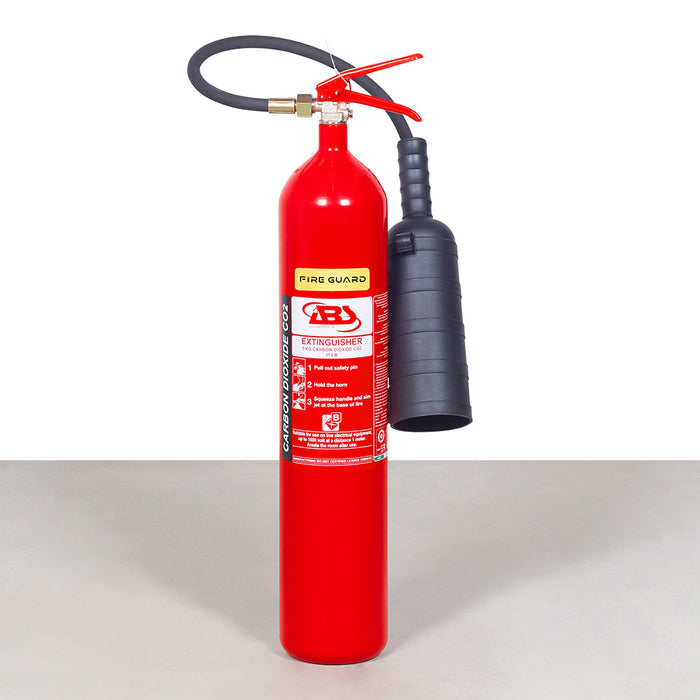
Understanding Fire Safety Regulations on Boats
Local and International Regulations
Familiarizing yourself with local and international regulations regarding fire safety on boats is essential for compliance and safety. Organizations like the U.S. Coast Guard have set specific guidelines outlining the requirements for marine fire extinguishers based on the type and size of the vessel.
For instance, public vessels may have stricter requirements than private yachts. The number of extinguishers needed may also vary, with larger boats requiring multiple devices based on their layout and potential fire risks. Knowing these regulations helps ensure readiness in case of an emergency and can also prevent legal issues.
Documentation and Evidence of Compliance
Keep records of the extinguishers on your boat, including purchase dates, inspection logs, and any servicing conducted. This documentation can be helpful during safety inspections and legal inquiries while demonstrating that you prioritize safety onboard. Carrying proof of compliance can also provide peace of mind on the water.
Conclusion
Fire safety should never be overlooked when heading out to sea. Marine fire extinguishers are essential tools designed to protect passengers, crew, and vessels from fire hazards. Understanding the types of extinguishers available, their appropriate usage, and maintenance can enhance safety and preparedness on the water.
Commit to routinely checking and maintaining your fire safety equipment. Familiarize yourself and your crew with the PASS technique for using extinguishers effectively, and stay informed about local regulations to ensure compliance. By prioritizing fire safety, you can enjoy a more secure and relaxed boating experience.
Lastly, educate your crew and passengers about fire safety protocols and engage them in discussions about emergency procedures. Knowledge is your best defense against fire emergencies, so empower everyone on board to act confidently and decisively when faced with a fire at sea.
